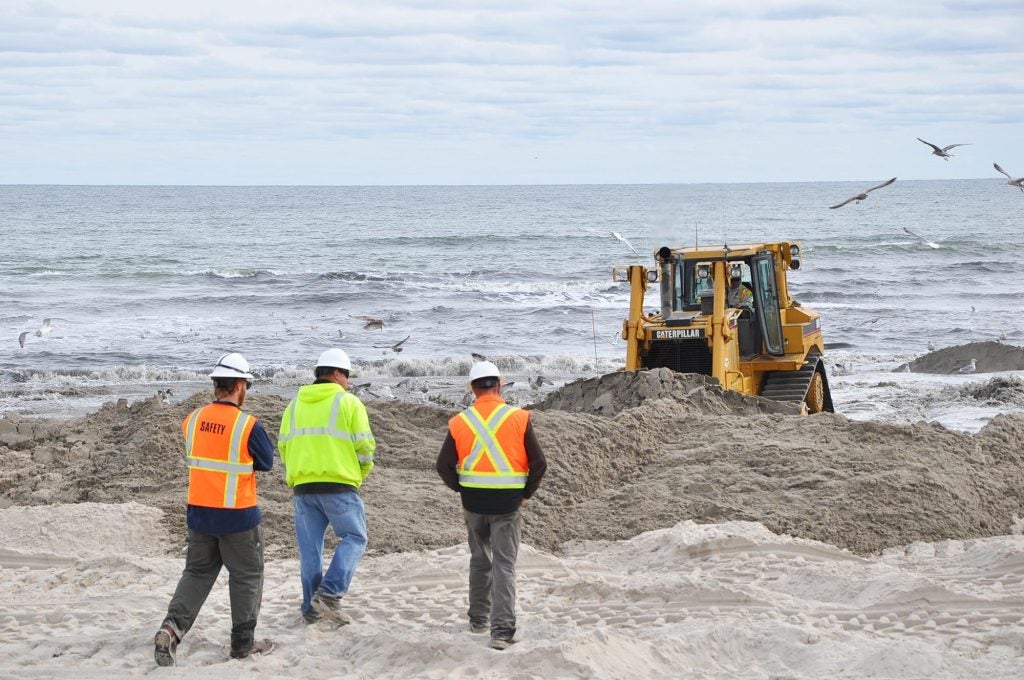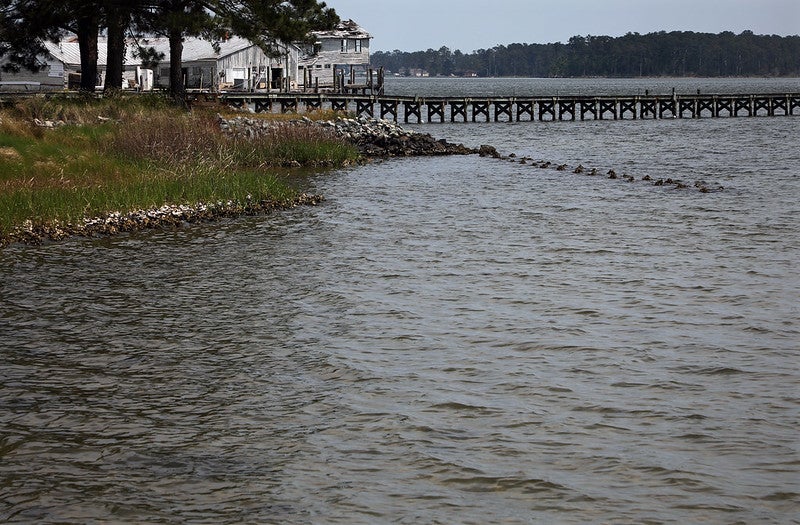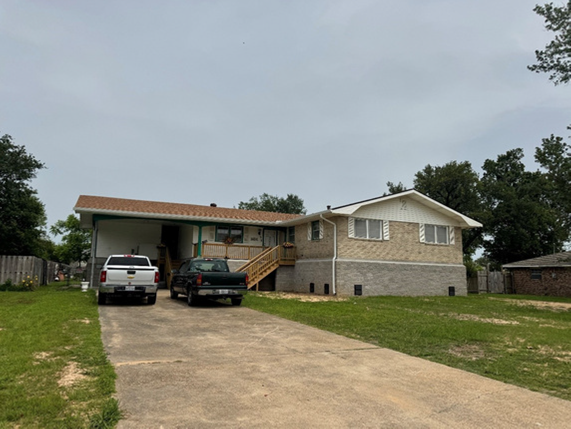New York’s environmental bond can deliver lasting resilience and create jobs
New York State, like the rest of the country, is suffering from compounding economic and public health crises as a result of the COVID-19 pandemic. At the same time, the state remains increasingly vulnerable to climate change and sea level rise.
A new report released this week by AECOM, the world’s premiere infrastructure firm, and Rebuild by Design, a community-focused organization advocating for resilient infrastructure, offers hope for recovery for the Empire State as it demonstrates how investments in the environment can help New York not only build lasting climate resilience but also create jobs at a time when they are desperately needed.
Bond Act would deliver a win-win for New York’s environment and economy
The report, Economic Impacts of the New York State Environmental Bond Act, indicates that the $3 billion Environmental Bond Act would support 65,000 jobs and, with additional leveraged funds, result in $6.7 billion in project spending. Nearly half of that total spending — $3.25 billion — would fund projects that protect and restore natural areas to reduce flooding, supporting over 30,000 jobs.
This work to build coastal resilience is crucial given the risks to New York’s coastal communities from climate change. According to estimates from NOAA, New York City will experience an inch of sea level rise every seven to eight years, while low-lying areas such as Kings Point and the Battery will experience more than 15 inches by 2050.
The bond would fund priorities, such as natural infrastructure projects, to restore wetlands and shorelines. These coastal ecosystem restoration projects would provide multiple benefits such as habitat for wildlife and recreational opportunities for residents and visitors alike.
Coastal resilience is just one aspect of the Bond Act, which would also create another 34,000 jobs and $3.3 billion in spending in projects that protect clean water, mitigate climate change and protect and restore open spaces.
New York’s Bond Act is on the horizon
The state’s pandemic-induced budget crisis prevented the Bond Act from going to voters in last year’s elections, but the governor and state legislative leaders have indicated that they hope to reintroduce the measure and move the Bond Act forward in an upcoming election.
EDF is part of a broad and diverse coalition of organizations that continues to make the case for why the Environmental Bond Act is critical to moving the state toward a more resilient, prosperous and equitable future.
Of particular importance, the Bond Act dedicates at least 35% of funds to low-income and communities of color. Given the disproportionate impact these communities face from climate change as a result of historic and systemic inequities, bolstering these communities and providing job opportunities is critical. Investments in the environment can help New York build lasting climate resilience and create jobs at a time when they are desperately needed. Share on X
Federal and state action needed to rebuild better
AECOM’s report is another reminder of how investments in the environment can help states and communities across the country that, like New York, are struggling with their own budget crises and job losses. These investments will also save money in the long run as every $1 invested before a disaster saves $6 in post-disaster recovery.
As the Biden Administration sets out on the identified priorities of COVID-19 response, economic recovery, advancing racial equity and combatting climate change, there is a tremendous opportunity for the 117th Congress to work with the president to invest in projects and programs that build lasting climate resilience and boost the economy. These are win-win solutions that should be a priority for any elected leader moving forward.













